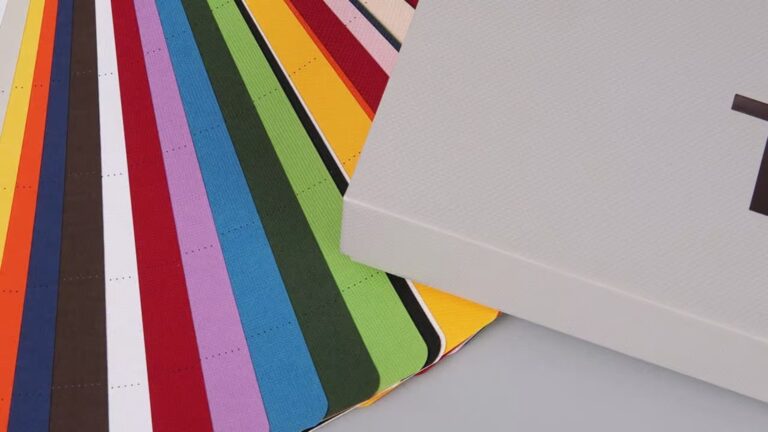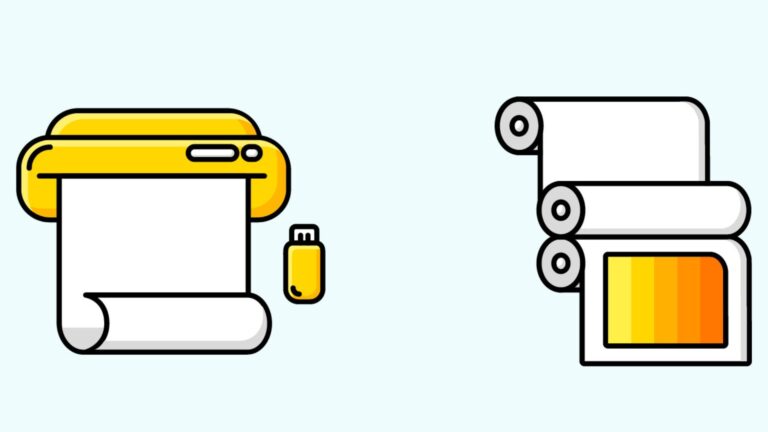
When selecting paper for printing, two critical properties that influence the final appearance and readability are brightness and opacity. These characteristics determine how vibrant colors appear, how easy the text is to read, and whether printing shows through the page. Understanding the science behind paper brightness and opacity helps printers, publishers, and consumers choose the right paper for their specific needs.

What Is Paper Brightness?
Paper brightness measures the amount of light reflected from the paper surface, specifically blue light, which affects how “white” the paper looks to the human eye. It is expressed as a percentage, typically ranging from 70% to 100%. The higher the brightness, the more light the paper reflects, resulting in a whiter and more vibrant surface.
How Brightness Affects Printing
Higher brightness enhances contrast and color vibrancy, making images and text pop off the page. Bright papers improve the sharpness of printed materials and reduce eye strain when reading. However, extremely bright papers may cause glare under certain lighting conditions.
Factors Influencing Brightness
-
Pulp Quality: Bleached wood pulp has higher brightness than unbleached pulp.
-
Optical Brightening Agents (OBAs): These chemical additives absorb ultraviolet light and emit blue light, increasing perceived brightness.
-
Paper Coating: Coated papers often have higher brightness due to the smooth surface and added coatings.
What Is Paper Opacity?
Opacity refers to a paper’s ability to prevent light from passing through it. It is critical in avoiding “show-through” or “ghosting,” where printing on one side is visible from the other side of the page.
How Opacity Impacts Print Quality
High opacity ensures that printed text or images on one side of the paper do not interfere with the content on the other, improving readability and professional appearance. This is especially important for double-sided printing in books, magazines, and brochures.
Factors Affecting Opacity
-
Paper Thickness and Weight: Thicker and heavier papers generally have higher opacity.
-
Fiber Composition: Long fibers and certain pulp types improve opacity.
-
Fillers and Coatings: Materials like clay used in coatings can increase opacity by scattering light.
The Relationship Between Brightness and Opacity
While brightness and opacity are related, they do not always increase or decrease together. Some papers may be very bright but thin and translucent, leading to lower opacity. Conversely, some papers with moderate brightness might have high opacity due to their thickness or fiber content.
Choosing paper requires balancing both properties to meet your printing goals. For example, a book with text-heavy pages might prioritize opacity to reduce show-through, while a photo book may focus on brightness for vibrant images.
Measuring Brightness and Opacity
Manufacturers use specialized instruments to measure these properties:
-
Brightness Meters: Use a standard light source and detector to measure blue light reflectance.
-
Opacity Testers: Measure light transmission through paper and calculate opacity as a percentage.
Standards for measuring brightness and opacity vary by region but provide consistent benchmarks for comparing paper types.
Conclusion
Understanding the science behind paper brightness and opacity empowers you to make better decisions in selecting paper for printing. Brightness enhances color vibrancy and readability, while opacity prevents unwanted show-through. By balancing these factors with other considerations like weight, texture, and cost, you can choose paper that best suits your project, whether it’s a novel, brochure, or art book.






